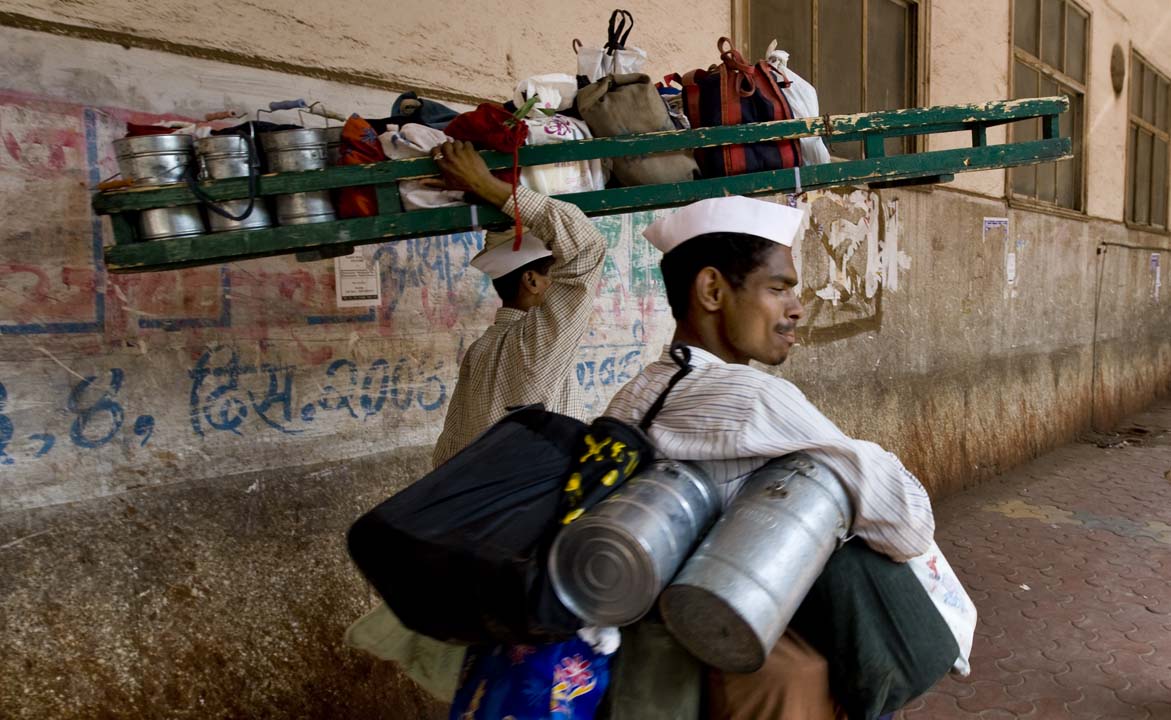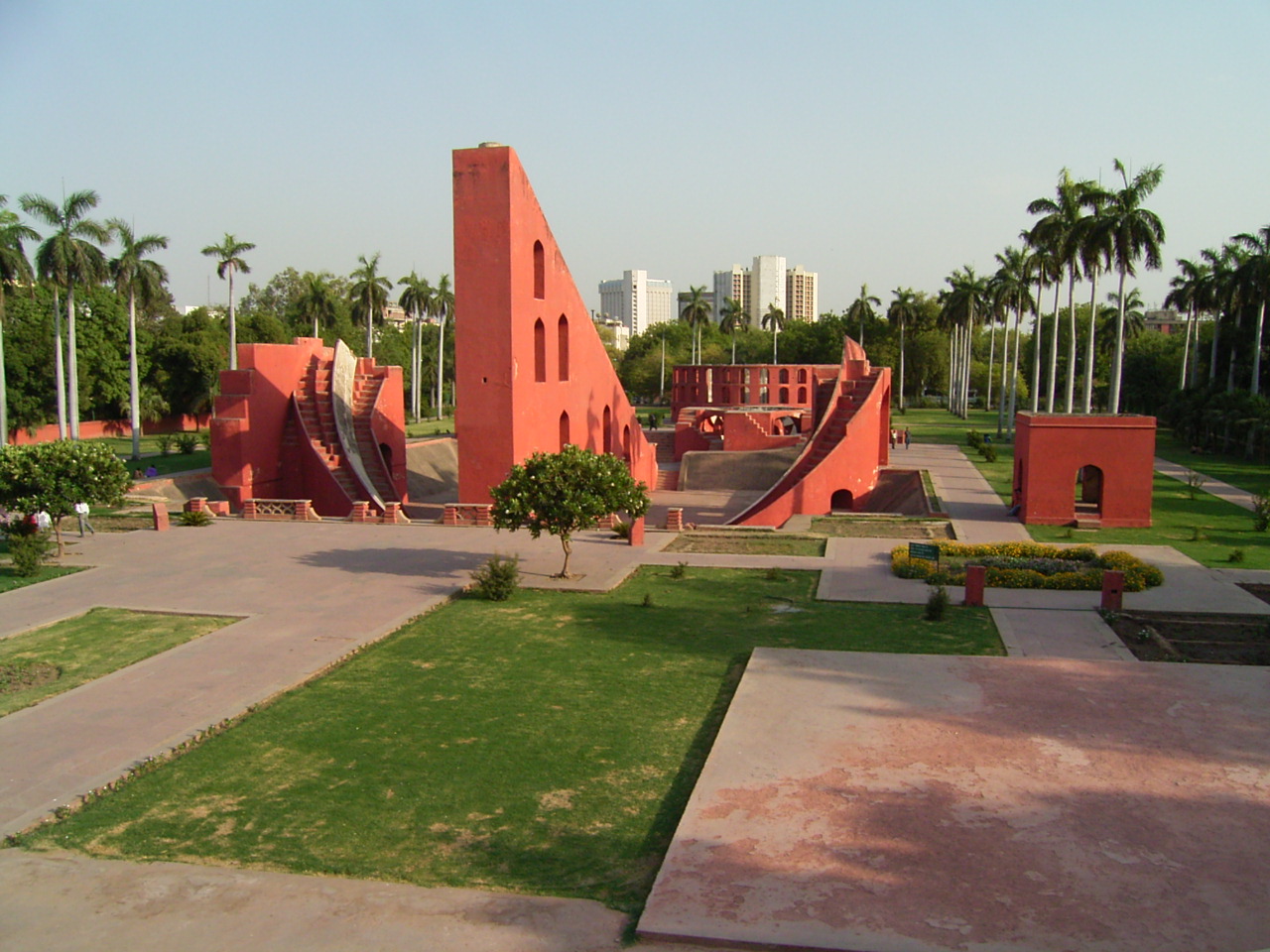You can see in the book outline, that the way I’m telling the story of design is structured around topics and lessons. Yet with the title How Design Makes the World, I’m trying to live up to the use of that last word.
I’ve ben searching for ways to include stories from diverse places. And use examples that aren’t the common ones designers use to teach design over and over again. Ideally these design stories touch on many kinds of design at the same time: interaction/usability, aesthetics and solving an interesting problem in an interesting way. I’m hoping there are anthropologists, architects and world travelers who have obvious references that design circles are not aware of.
Currently, the stories and examples come from 18 countries and 5 continents. I’d like to see if I can extend this further. Here’s a rough map of what’s in the current draft:

They include (in a mixed pile of cities and nations): Paris, NYC, London, Austria, Germany, San Francisco, New Zealand, Venice, Seattle, Pakistan, India, China, Japan, Dubai, Sweden, Croatia, Amsterdam, West Africa and Tokyo.
Suggestions from the mailing list
I asked the good folks on the mailing list for this project (you should join!) for suggestions. Below is a list of some of what they offered:
1. Togunas, from Mali, Africa
I suggested this one myself. A toguna is a tribal building from the country of Mali. It’s a kind of community space and courthouse. It’s designed with low ceilings so that when people come to settle a dispute, they can’t stand and try to fight each other.
It’s not clear how effective it is (I’ve only been able to find limited information about togunas), but the mere intent of it is a lovely little story. I have a chapter on designing for conflict and the Toguna will likely be used as a simple example of how to design to prevent conflicts. I learned about these from this excellent documentary on African architecture.

2. Lion Lights & Beehive fences, Kenya
Richard Turere, a teenager from a Maasai family, observed that lions stayed away when people patrolled their property at night with visible lights. He cleverly designed a simple system of flashing lights on poles that simulated what lions would see if a person was patrolling. Using solar panels and car batteries, the lion lights work all night, protecting people and livestock without much expense or effort. You can see his short TED talk on the design here.
Also see Beehive Fences, a technique for safely protecting crops from Elephants (!). Thanks Dave Cortright for these two.


4. The Kayak, Greenland

Kayaks were invented by Intuit and other tribes in Greenland 4000 years ago. Kayaks are popular here in Seattle, and pretty much everywhere there’s accessible water, and as many times as I’ve used and seen them I never stopped to think of who designed them and why. Compared to canoes, they’re lightweight, keep things waterproof, are lower to the water, and move faster with less effort. (Thanks Beth Robson).
5. The wonders of India

Several people pointed me to Chand Baori, a famous temple and well in Jaipur. I’m familiar with it, but it’s more of a visual wonder than a functional one as best I understand. It’s also not an idea that can be reused in the way I’m hoping for, for the book. There’s not much transferable knowledge or insight, other than that functional things can be beautiful too.
From my own visit to India, I’m quite fond of Dhobi Ghat, an amazing outdoor laundromat that involves systems of coordination at massive scale to ensure clothes get washed properly by hand and don’t get lost. But it’s not a healthy place to work, so I resist using it as an example.
There’s also Dabbawala, the fascinating system of lunch delivery used in many Indian cities, especially Mumbai. Between 175,000 and 200,000 lunch boxes are moved each day by 4,500 to 5,000 dabbawalas. It’s like Uber Eats, but they’re unionized and self-employed. I’m particularly fascinated by how their organization system, for how they make sure the right food gets to the right place at the right time. There’s even a romantic comedy about it, called The Lunchbox. I watched it (research!) and it’s good.

And there are many other stunning places in India, but some take quite a bit of explaining, like Jantar Mantar, an amazing set of observatory “equipment” but works mostly today as a stunningly beautiful and fascinating park. For the book I have a strong preference for designs that solve functional problems in some way, so Jantar Mantar doesn’t really qualify.

5. Dolos, South Africa
For protecting coast lines from erosion, there are few better designs than the Dolo, invented in South Africa but now used around the world. The 8 ton blocks lock together in fitting pieces which makes them sturdy and reliable. Of course there’s no real interaction with people here, so it’s more a kind of industrial architecture than a human design element, but I found reading about them fascinating nonetheless. Thanks Louis Tredoux.

6. What’s missing?
It’s a big map, with lots of empty space. I want to work in as many stories from underrepresented places as I can.
What other good design stories do you know of that will help me fill in the spaces here? Leave a comment. Thanks.
